Home>Furniture & Design>Bathroom Accessories>How Much Power Does A Bidet Use
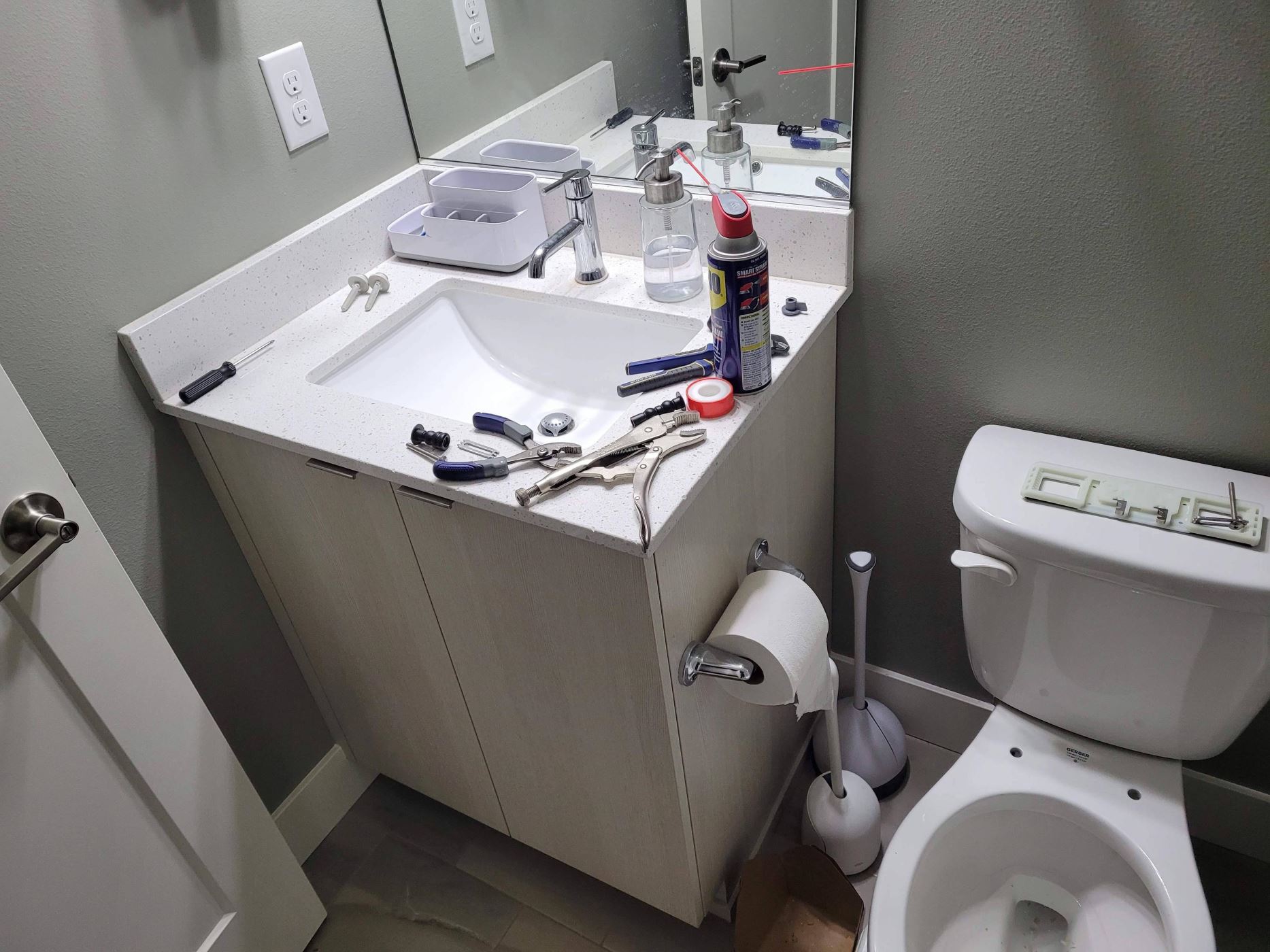

Bathroom Accessories
How Much Power Does A Bidet Use
Modified: October 27, 2024
Discover the energy efficiency of bidets and their impact on your utility bills. Explore the power consumption of bathroom accessories.
(Many of the links in this article redirect to a specific reviewed product. Your purchase of these products through affiliate links helps to generate commission for Storables.com, at no extra cost. Learn more)
Introduction
When it comes to enhancing bathroom experiences, bidets have gained significant popularity in recent years. These innovative bathroom accessories offer a refreshing and hygienic alternative to traditional toilet paper. As more individuals and households embrace the benefits of bidets, questions about their power consumption have become increasingly relevant. Understanding the power usage of bidets is essential for both environmental and cost considerations.
In this comprehensive guide, we will delve into the intricacies of bidet power consumption, shedding light on the factors that influence energy usage and how bidets compare to other bathroom appliances in terms of power consumption. Additionally, we will provide practical tips for reducing bidet power usage without compromising on functionality.
By gaining a deeper understanding of bidet power consumption, you can make informed decisions about incorporating this modern amenity into your bathroom while minimizing its environmental impact and energy costs. Let's embark on this enlightening journey to uncover the power dynamics of bidets and equip ourselves with the knowledge to make sustainable and efficient choices for our bathroom spaces.
Key Takeaways:
- Bidets use low power compared to other bathroom appliances, with features like heating elements and air dryers affecting energy consumption. Understanding these factors helps in making eco-friendly choices for bathroom spaces.
- Tips like optimizing temperature settings and utilizing energy-saving modes can reduce bidet power usage without compromising comfort. By being mindful of energy consumption, users can contribute to sustainable living.
Read more: How Much Power Does A Kegerator Use
Understanding Bidet Power Consumption
Bidet power consumption refers to the amount of electrical energy utilized by bidet fixtures to perform their various functions. Modern bidets are equipped with advanced features such as heated seats, warm water sprays, air dryers, and adjustable water pressure settings, all of which contribute to their power usage. Understanding the intricacies of bidet power consumption is crucial for evaluating their impact on energy usage and costs.
The power consumption of a bidet largely depends on its specific features and functionalities. For instance, bidet seats with heating elements for warm water and seat heating typically consume more power than non-heated models. The energy usage of bidets can vary significantly based on factors such as the duration of use, temperature settings, and frequency of operation.
It's important to note that bidet power consumption is relatively low compared to many other household appliances. Most modern bidets are designed to be energy-efficient, utilizing power only when activated and often incorporating energy-saving modes to minimize electricity usage during idle periods. Additionally, advancements in technology have led to the development of eco-friendly bidet models that prioritize energy efficiency without compromising performance.
To accurately assess bidet power consumption, it's essential to consider the wattage ratings and energy usage specifications provided by manufacturers. This information can help consumers make informed decisions based on their energy efficiency preferences and consumption patterns. By understanding the power dynamics of bidets, individuals can align their usage habits with energy-saving practices, contributing to sustainable and eco-conscious living.
In essence, understanding bidet power consumption involves recognizing the impact of various bidet features on energy usage, as well as the overall efficiency of these fixtures. By gaining insights into the power requirements of bidets, consumers can make informed choices that align with their energy conservation goals and contribute to a greener, more sustainable environment.
Factors Affecting Bidet Power Usage
The power usage of a bidet is influenced by a variety of factors, each playing a significant role in determining its energy consumption. Understanding these factors is essential for gaining insights into the dynamics of bidet power usage and making informed decisions regarding their energy efficiency. Let's explore the key elements that impact bidet power consumption:
-
Heating Elements: Bidets equipped with heating elements for warm water and seat heating consume more power than non-heated models. The energy required to maintain water and seat temperatures contributes to overall power usage. Advanced bidet models often feature adjustable temperature settings, allowing users to customize their experience while influencing energy consumption.
-
Water Pressure and Flow Control: The water pressure and flow control mechanisms in bidets directly affect power usage. Models with adjustable water pressure settings may require additional energy to operate the water pump and deliver the desired spray intensity. Efficient water flow management is crucial for optimizing power usage without compromising user comfort.
-
Air Dryer Functionality: Bidets equipped with air dryers for post-cleansing drying cycles add to their power consumption. The operation of air dryers involves the use of heating elements and fans, contributing to energy usage. Users can manage power consumption by utilizing air dryers judiciously and considering alternative drying methods when feasible.
-
Energy-Saving Modes: Many modern bidets incorporate energy-saving modes designed to minimize power usage during idle periods. These modes may include automatic shut-off features, standby power reduction, and intelligent sensors to optimize energy efficiency. Leveraging these energy-saving functionalities can significantly impact overall power consumption.
-
Duration and Frequency of Use: The duration and frequency of bidet usage directly influence power consumption. Longer operation times and frequent usage patterns contribute to increased energy usage. Users can manage power consumption by being mindful of their bidet usage habits and optimizing settings to align with energy-saving practices.
By considering these factors, individuals can gain a comprehensive understanding of bidet power usage and its underlying determinants. Manufacturers often provide detailed specifications regarding energy consumption, enabling consumers to make informed choices based on their energy efficiency preferences and usage patterns. Ultimately, awareness of these factors empowers users to optimize bidet power usage while prioritizing energy conservation and sustainability.
Comparing Bidet Power Consumption to Other Bathroom Appliances
When evaluating the power consumption of bidets in comparison to other bathroom appliances, it's essential to consider the energy dynamics of these fixtures within the broader context of household utilities. Bidets, renowned for their water efficiency and eco-friendly design, exhibit relatively low power consumption compared to many traditional bathroom appliances. Let's delve into a comparative analysis of bidet power usage alongside other common bathroom fixtures to gain insights into their energy efficiency.
Bidets vs. Electric Showers
Electric showers, known for their on-demand hot water production, typically consume a considerable amount of power during operation. The heating elements in electric showers contribute to their high energy usage, especially when used for extended periods. In contrast, modern bidets with heating features for warm water and seat heating exhibit lower power consumption due to their efficient energy management and targeted usage.
Read more: How Much Power Does Dryer Use
Bidets vs. Hair Dryers
Hair dryers, commonly used in bathrooms for personal grooming, are known for their significant power consumption. The operation of heating elements and high-speed fans in hair dryers results in notable energy usage, especially during prolonged usage. In comparison, bidets equipped with air dryers for post-cleansing drying cycles exhibit relatively lower power consumption, with advanced models incorporating energy-saving modes to optimize efficiency.
Bidets vs. Bathroom Ventilation Fans
Bathroom ventilation fans, essential for maintaining air quality and moisture control, consume varying levels of power based on their size and airflow capacity. While these fans contribute to overall energy usage in bathrooms, bidets with air dryer functionalities and energy-saving modes exhibit comparable or lower power consumption. The energy-efficient design of modern bidets aligns with sustainable bathroom practices, offering a compelling alternative to traditional ventilation fan power usage.
Bidets vs. Electric Toothbrush Chargers
Electric toothbrush chargers, commonly found in bathrooms for oral hygiene maintenance, contribute to power consumption through continuous charging cycles. While the energy usage of toothbrush chargers may vary, bidets with energy-saving modes and targeted power usage for specific functions demonstrate favorable energy efficiency in comparison. The optimized power management of bidets positions them as environmentally conscious additions to bathroom spaces.
By comparing bidet power consumption to other bathroom appliances, it becomes evident that modern bidets prioritize energy efficiency and sustainable usage. Their innovative features and energy-saving functionalities contribute to lower power consumption, aligning with eco-conscious living and responsible resource utilization. This comparative analysis underscores the favorable energy dynamics of bidets, positioning them as efficient and environmentally friendly additions to modern bathrooms.
Tips for Reducing Bidet Power Usage
-
Optimize Temperature Settings: Adjusting the temperature settings of your bidet can significantly impact power usage. By moderating the water and seat heating levels to comfortable yet energy-efficient levels, you can minimize electricity consumption without compromising on comfort.
-
Utilize Energy-Saving Modes: Many modern bidets are equipped with energy-saving modes designed to reduce power usage during idle periods. Leveraging these modes can effectively lower energy consumption while ensuring that the bidet remains ready for optimal performance when needed.
-
Mindful Operation: Being mindful of the duration and frequency of bidet usage can contribute to reduced power consumption. By using the bidet judiciously and optimizing the duration of each use, you can minimize energy usage while still enjoying the benefits of this innovative bathroom fixture.
-
Consider Alternative Drying Methods: While bidet air dryers offer convenience, considering alternative drying methods such as using a small towel or allowing natural air drying can help reduce power usage associated with the air dryer functionality.
-
Regular Maintenance: Keeping your bidet well-maintained can contribute to its energy efficiency. Ensuring that the water flow and heating elements are functioning optimally can prevent unnecessary power consumption due to inefficiencies or malfunctions.
-
Invest in Energy-Efficient Models: When considering a new bidet purchase, prioritize models with energy-efficient features and eco-friendly design. Look for bidets that are certified for energy efficiency and equipped with advanced power management capabilities to minimize electricity usage.
-
Power Management Practices: Incorporate power management practices into your bidet usage routine. This can include turning off the bidet when not in use, utilizing energy-saving modes, and being mindful of power consumption to align with sustainable living principles.
By implementing these tips, you can effectively reduce bidet power usage while maintaining the functionality and comfort that bidets offer. These practical strategies empower users to make conscious choices that contribute to energy conservation and sustainable living, aligning with the broader efforts to minimize environmental impact in everyday activities.
Consider investing in a bidet with energy-saving features, such as a low-power setting or a timer function, to minimize its power usage. This can help reduce your overall energy consumption and utility costs.
Read more: How Much Power Does A Dehumidifier Use
Conclusion
In conclusion, understanding the power dynamics of bidets is essential for making informed decisions regarding their integration into modern bathroom spaces. The exploration of bidet power consumption has shed light on the factors influencing energy usage, comparative analysis with other bathroom appliances, and practical tips for reducing power consumption. By delving into these aspects, individuals can navigate the realm of bidet power usage with a comprehensive understanding of its implications and opportunities for energy efficiency.
The intricate interplay of heating elements, water pressure control, air dryer functionalities, and energy-saving modes underscores the multifaceted nature of bidet power consumption. These factors, when considered collectively, provide valuable insights into the energy dynamics of bidets, empowering users to optimize power usage while enjoying the benefits of these innovative fixtures.
Comparing bidet power consumption to other bathroom appliances has revealed the favorable energy efficiency of modern bidets. In contrast to appliances such as electric showers, hair dryers, ventilation fans, and electric toothbrush chargers, bidets exhibit lower power consumption, positioning them as environmentally conscious additions to bathroom spaces. This comparative analysis underscores the sustainable and energy-efficient nature of bidets, aligning with the growing emphasis on eco-friendly living practices.
Furthermore, the practical tips for reducing bidet power usage offer actionable strategies for individuals to minimize energy consumption without compromising on comfort and functionality. By optimizing temperature settings, leveraging energy-saving modes, practicing mindful operation, considering alternative drying methods, prioritizing regular maintenance, and investing in energy-efficient models, users can actively contribute to energy conservation and sustainable living.
In essence, the journey through bidet power consumption has unveiled the potential for energy-efficient and eco-conscious usage of these modern bathroom fixtures. By embracing the insights gained from understanding bidet power dynamics, individuals can make informed choices that align with their energy conservation goals, contributing to a greener and more sustainable living environment. As the demand for eco-friendly and efficient bathroom amenities continues to rise, the knowledge and awareness of bidet power consumption will play a pivotal role in shaping sustainable bathroom practices for the future.
Frequently Asked Questions about How Much Power Does A Bidet Use
Was this page helpful?
At Storables.com, we guarantee accurate and reliable information. Our content, validated by Expert Board Contributors, is crafted following stringent Editorial Policies. We're committed to providing you with well-researched, expert-backed insights for all your informational needs.
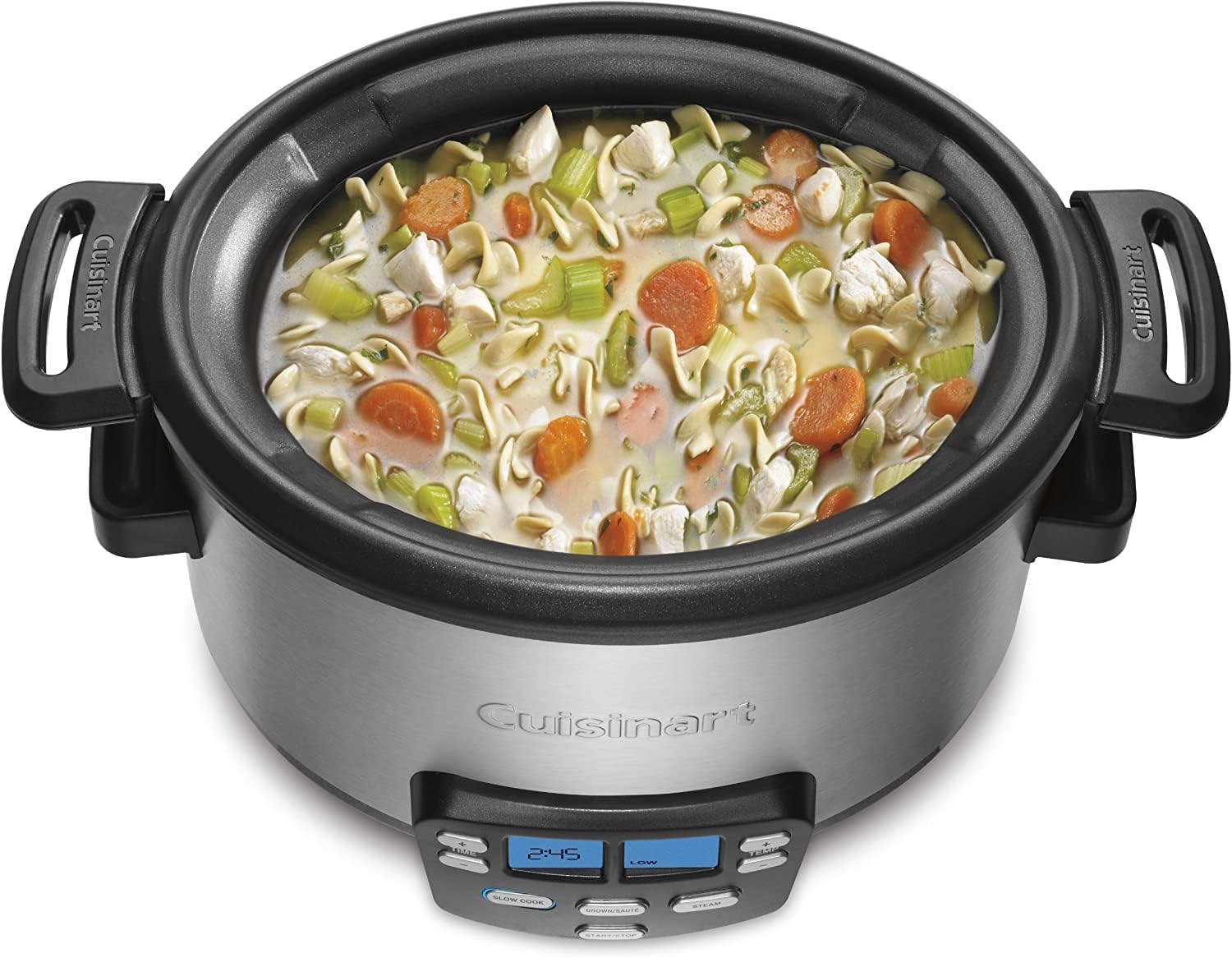

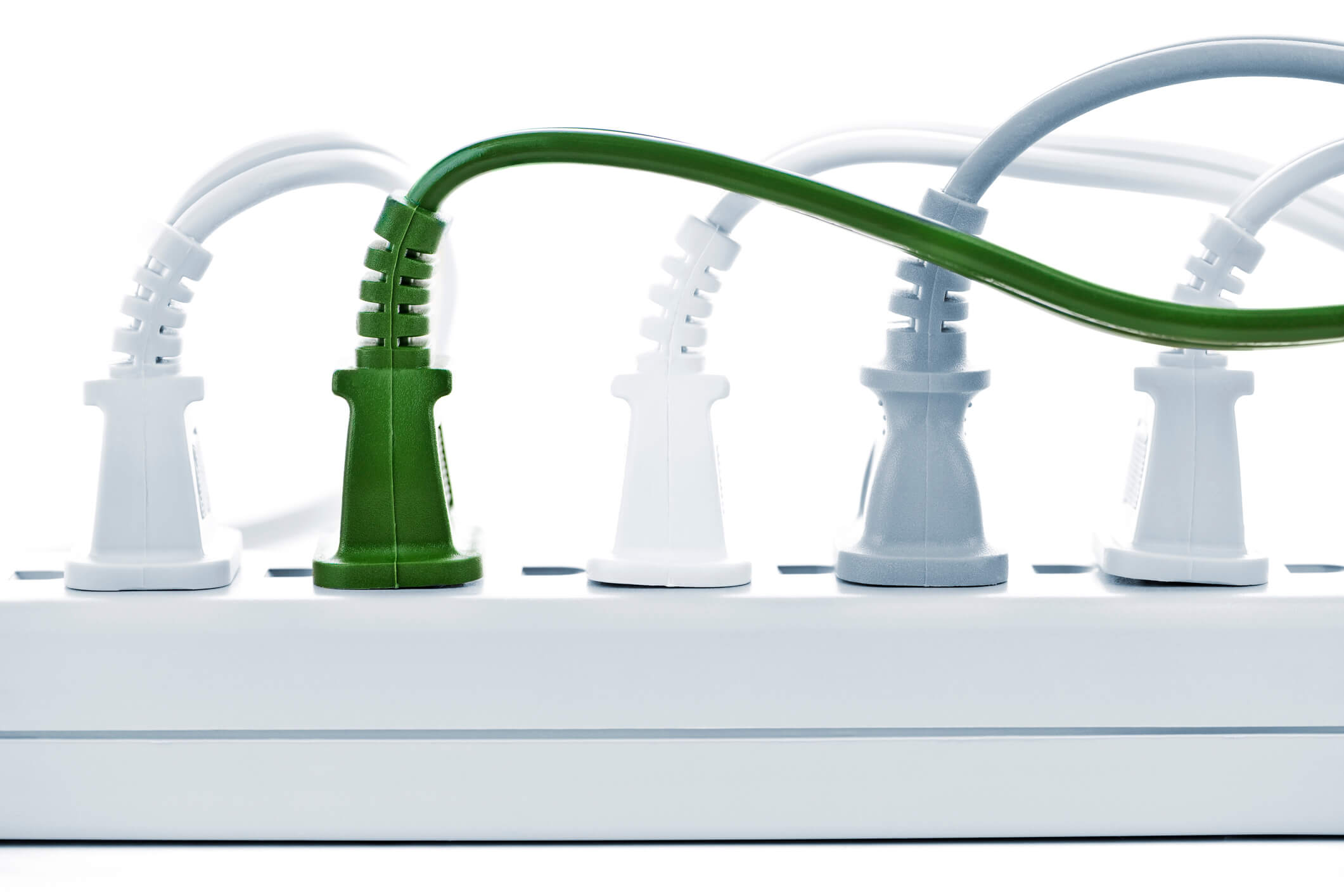
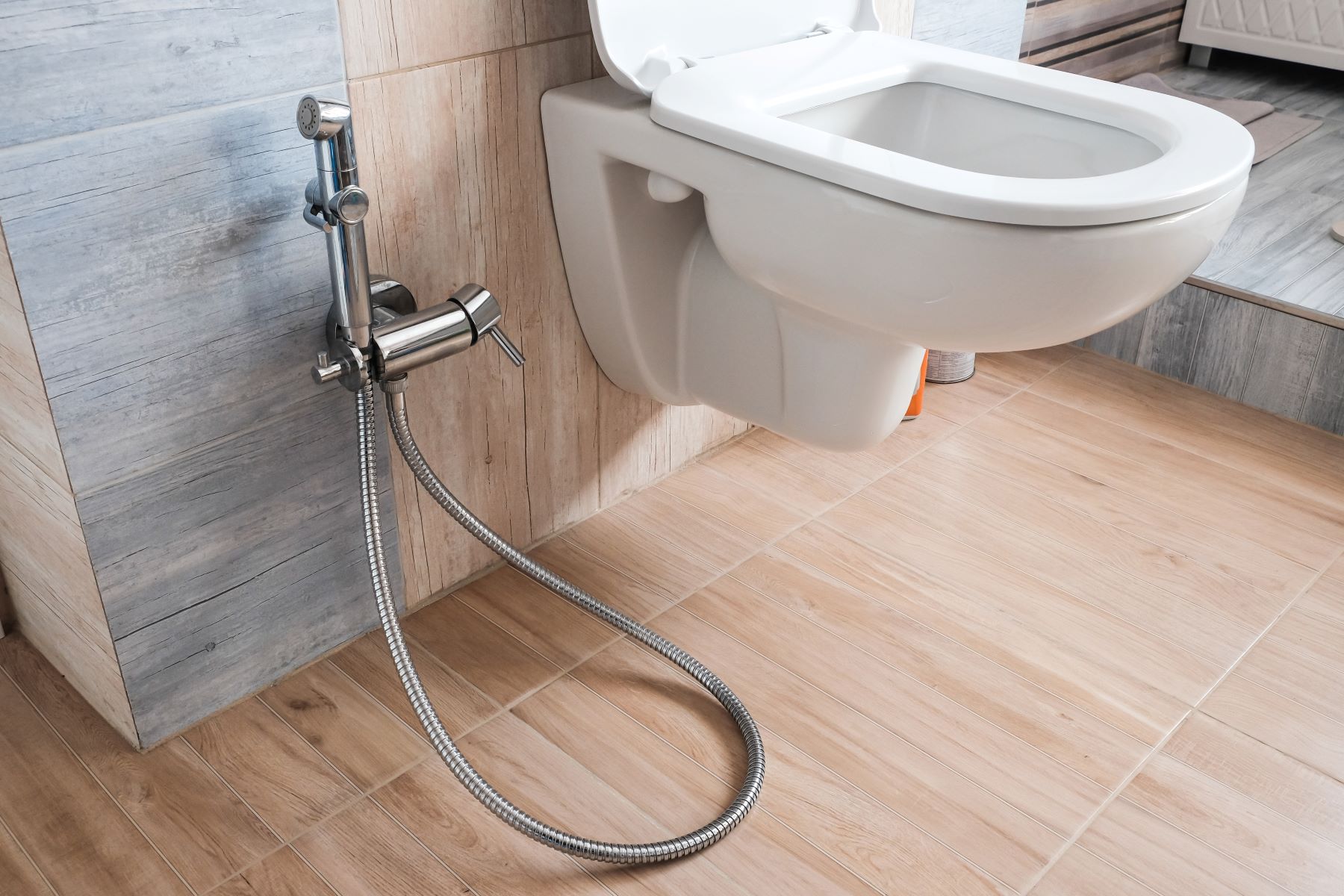
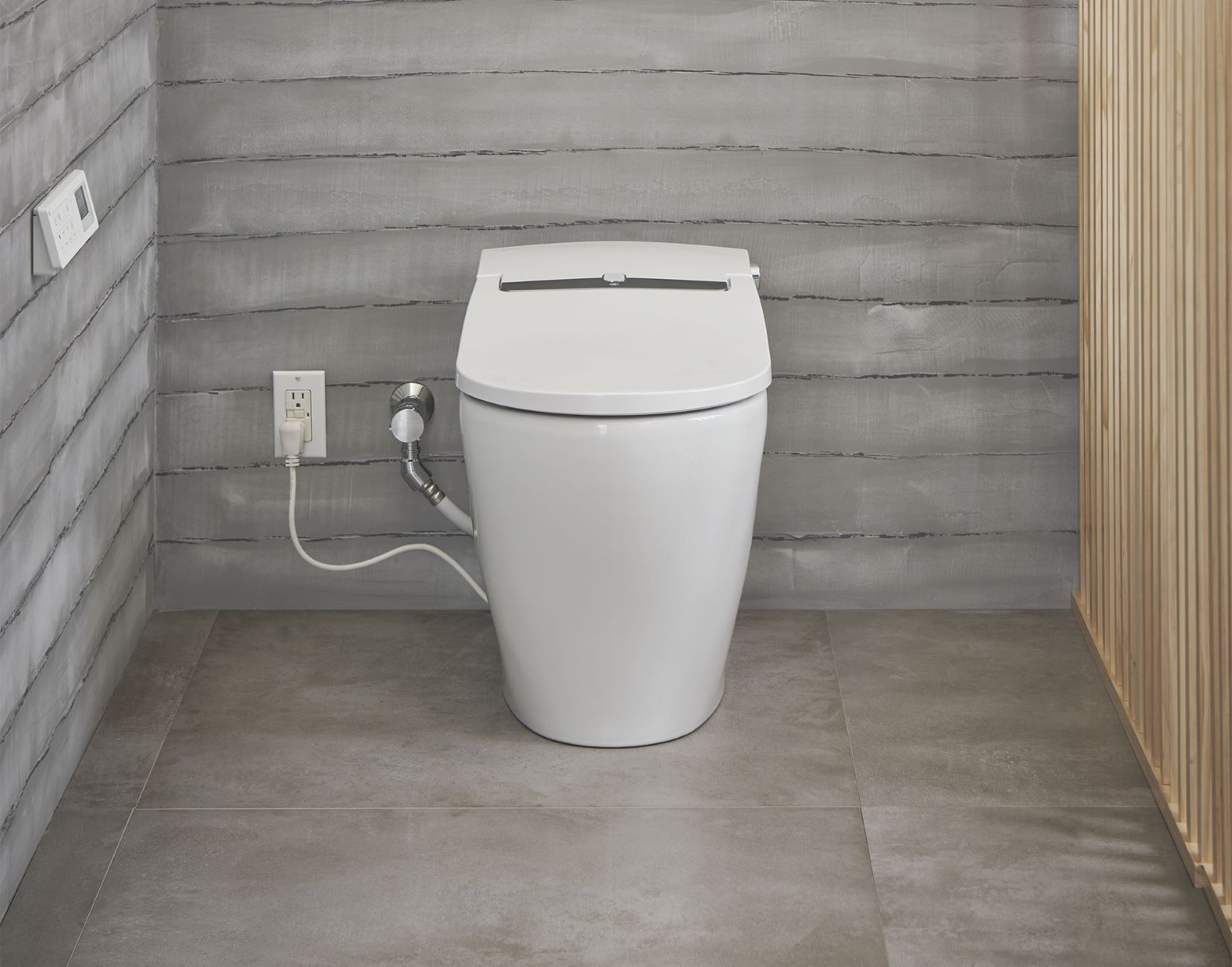
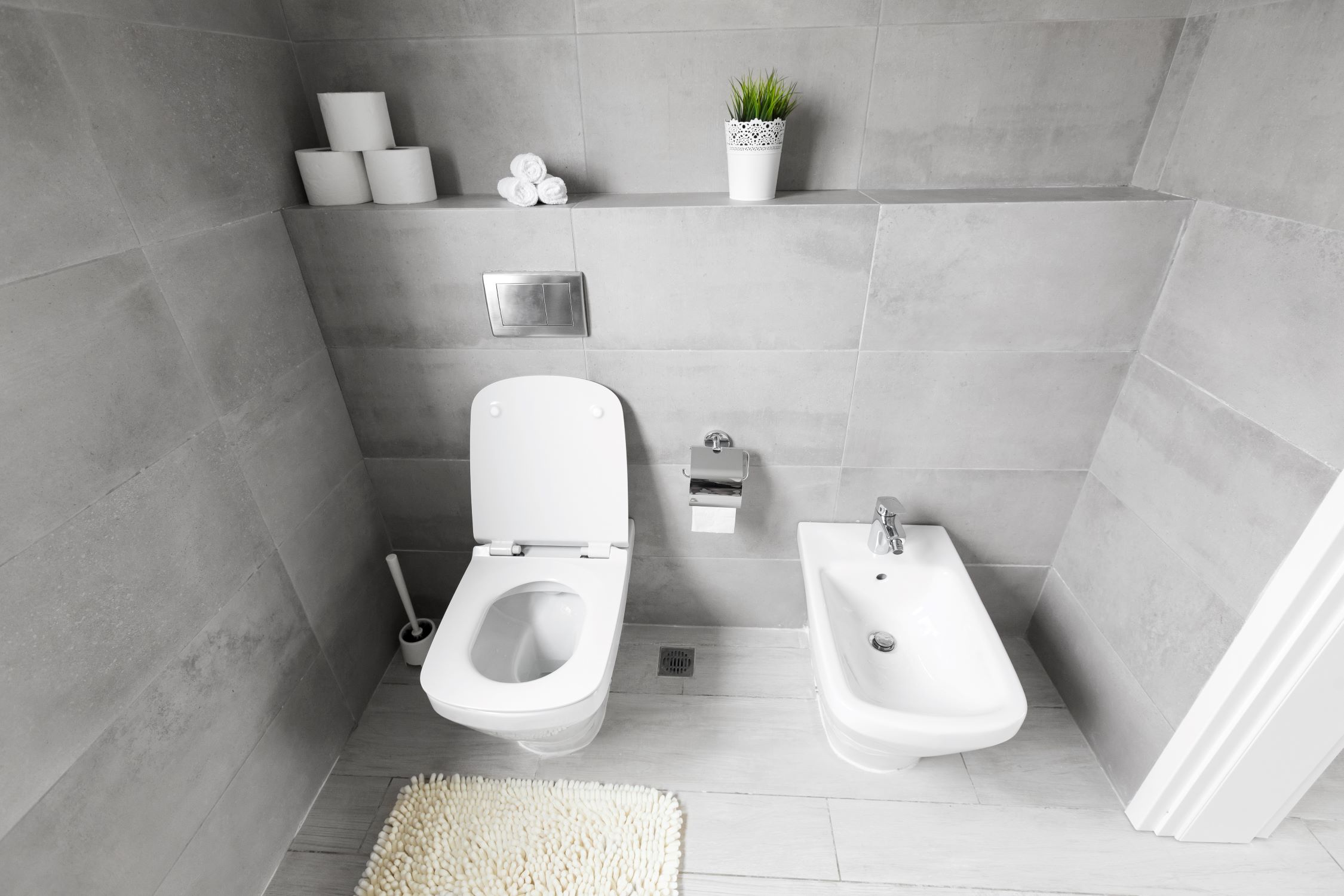

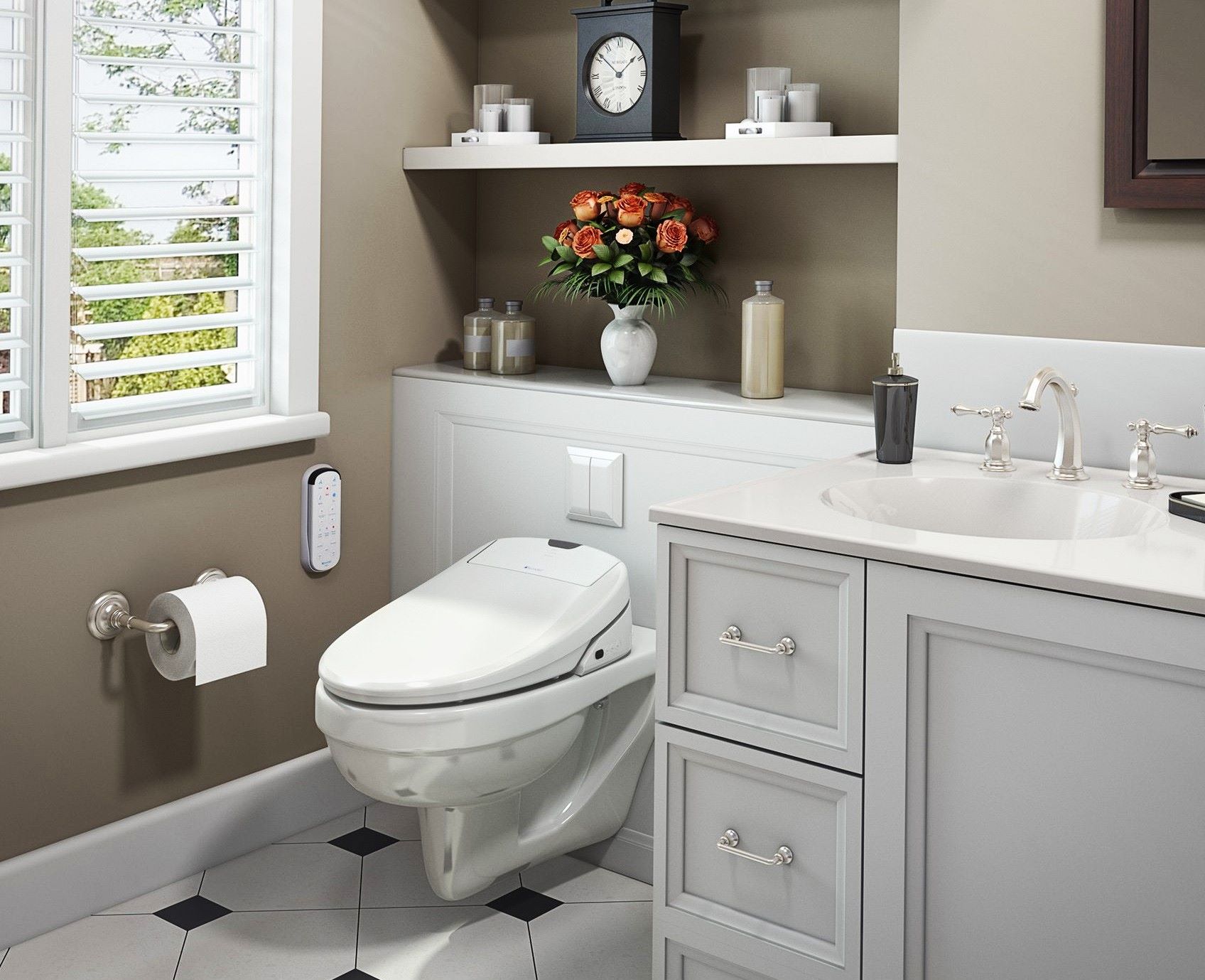
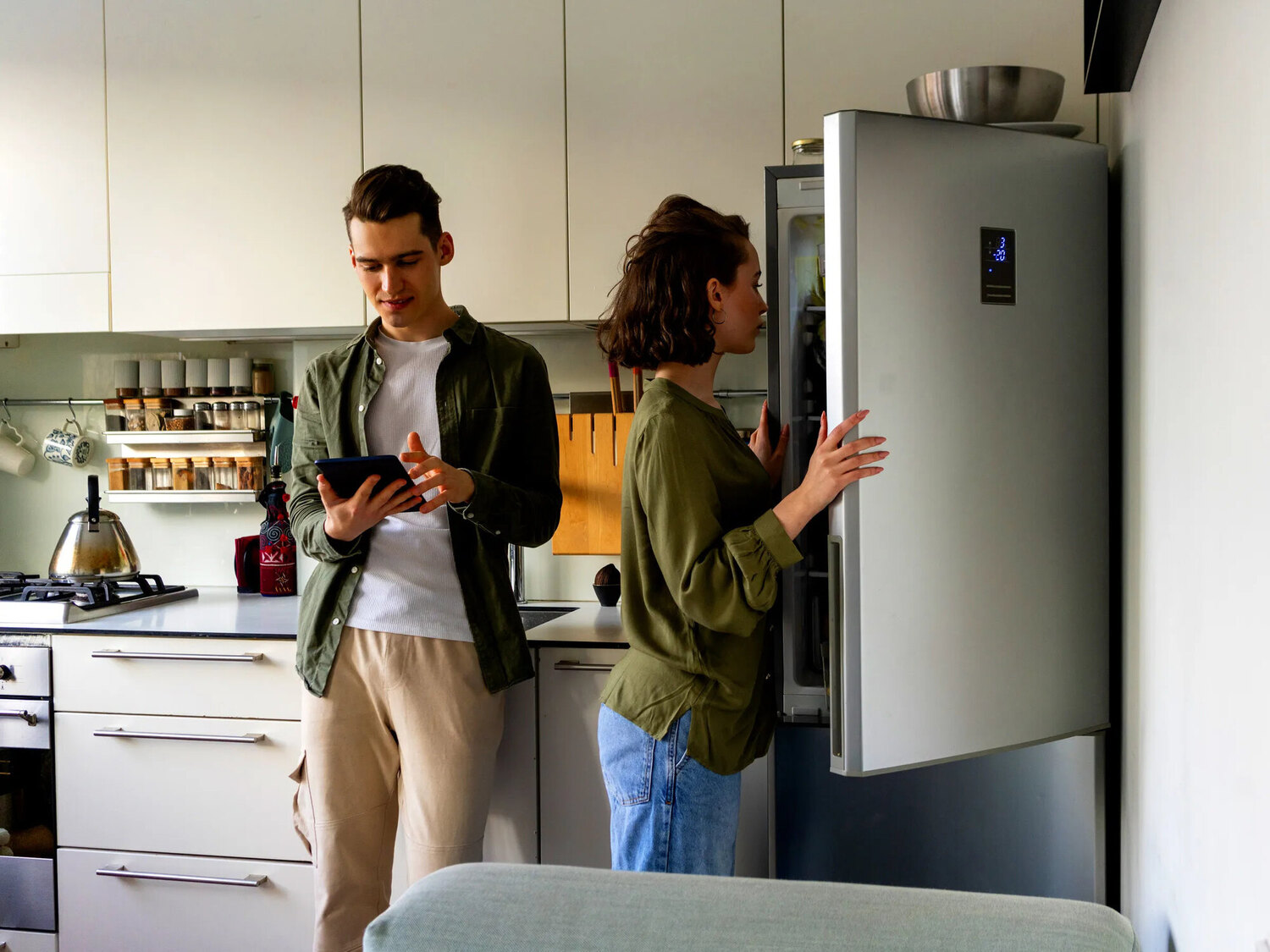
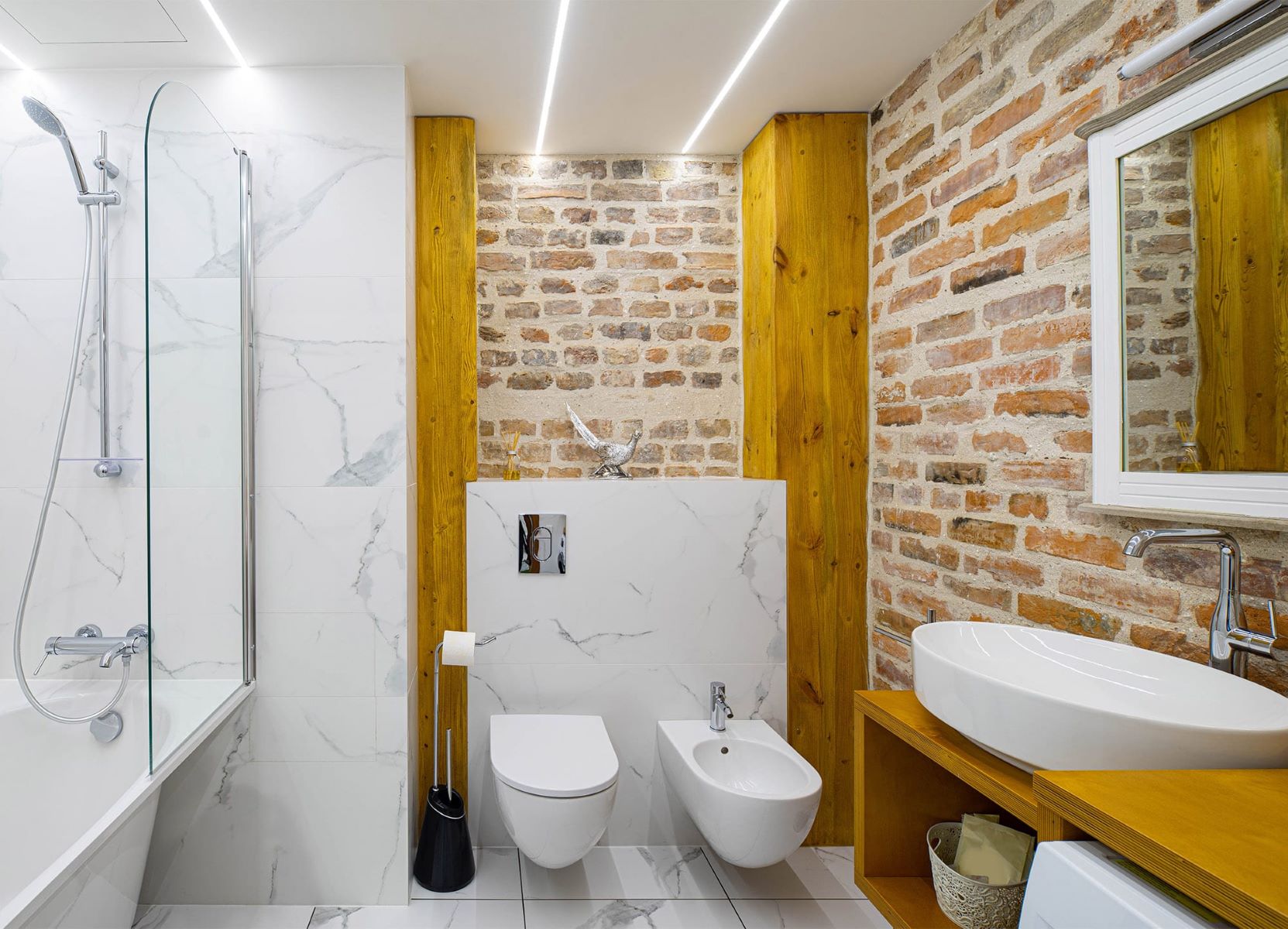
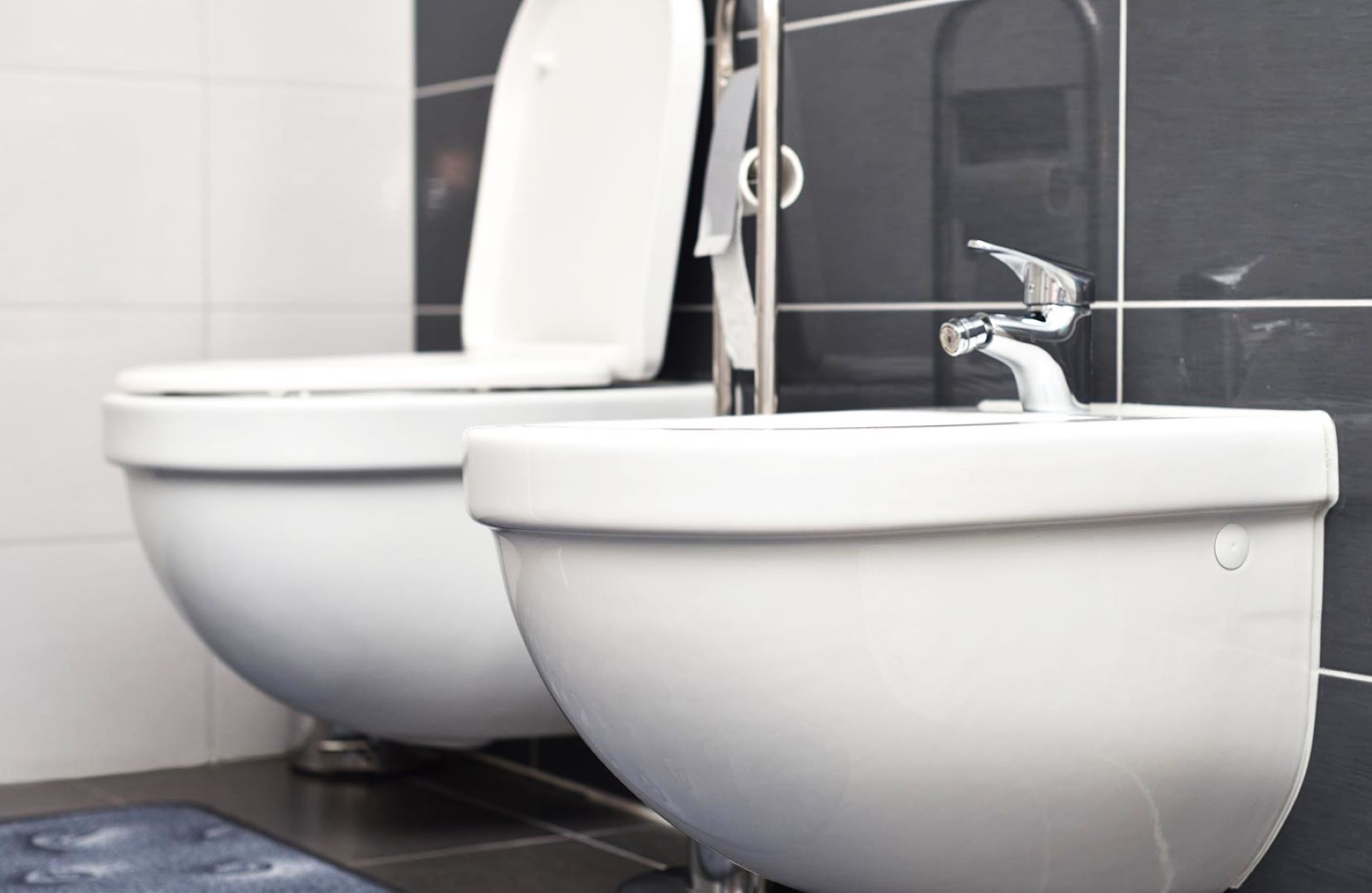
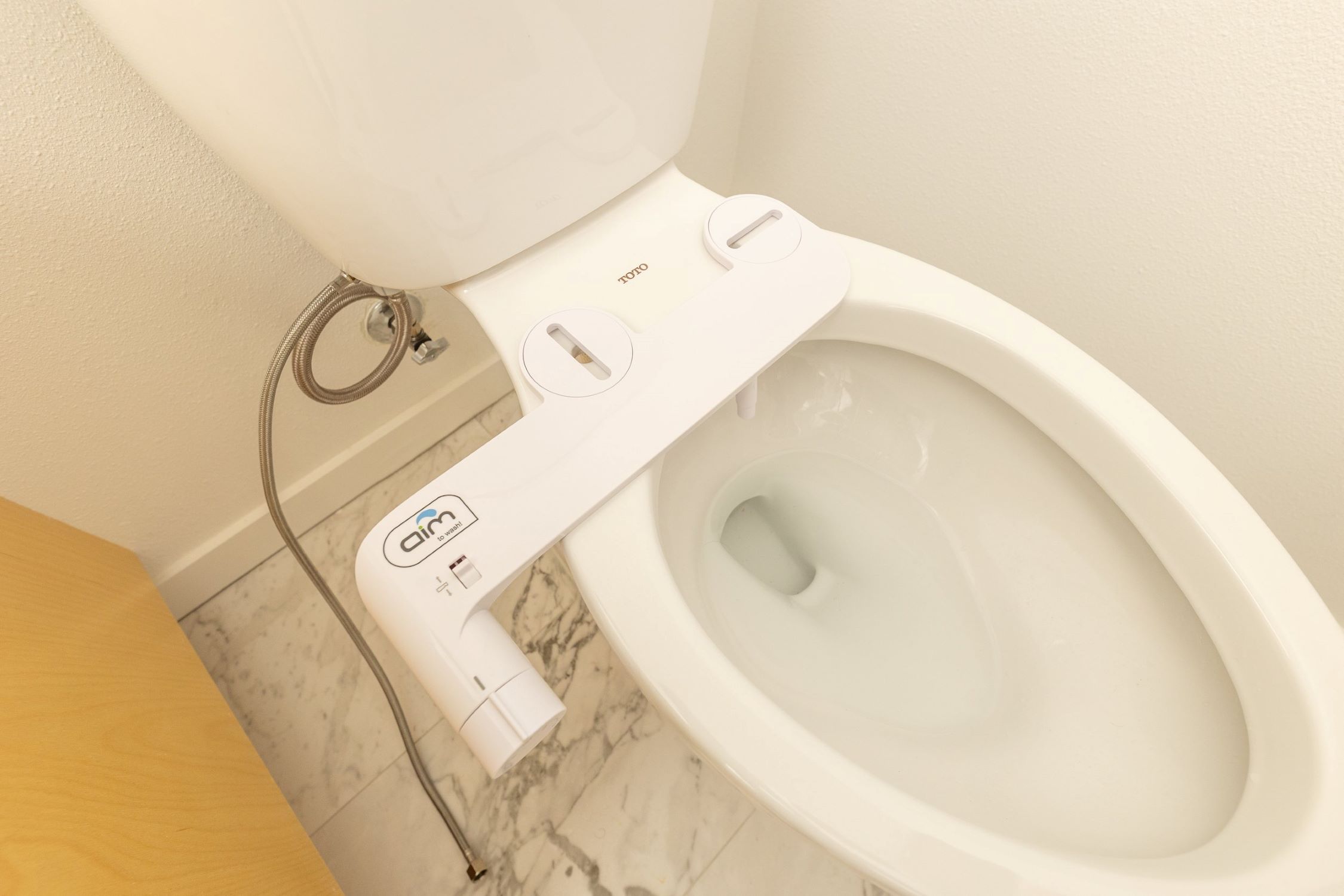
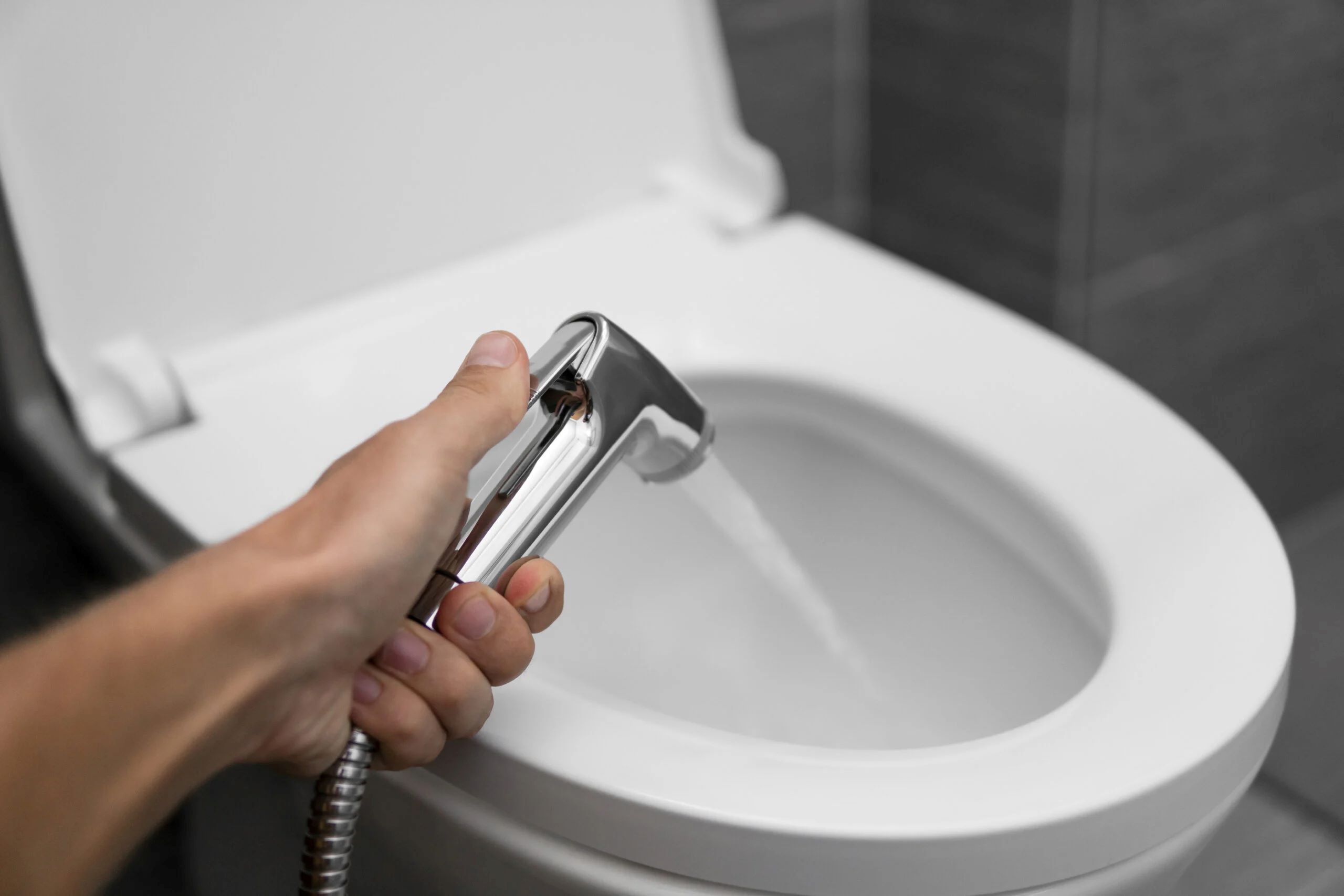

0 thoughts on “How Much Power Does A Bidet Use”